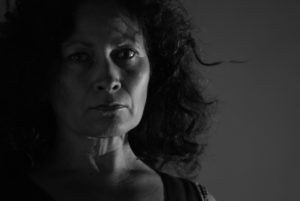 It’s one thing to view an image, whether that be a painted representation or a photographically-produced image. It’s another to know the story behind the scenes. In this post series we’re going to go behind the scenes of a few of my most favorite, and most liked Instagram portrait images. It’s personal, and as you might know, there is always a story.
It’s one thing to view an image, whether that be a painted representation or a photographically-produced image. It’s another to know the story behind the scenes. In this post series we’re going to go behind the scenes of a few of my most favorite, and most liked Instagram portrait images. It’s personal, and as you might know, there is always a story.
Would you like to pose for me?
As a photographer I have asked this of women many times. No. It isn’t a line! A few times when I am out and about I see someone I would like to photograph. It may be her hair or her face. It could be how she carries herself. In the case of the woman in the image, it was her cheek-bones.
I didn’t know her and we were at a mutual friend’s house for a party. After a while, however, I went over and introduced myself, and gave her my card. I simply said that I would like to photograph her. That’s it! I pointed out my website and my email on the card and said that if she wanted to be photographed, she should take a look at my site and let me know.
I didn’t hear from her for a couple of months. When I received an email from her, she wanted to know what I had in mind. I told her I just wanted to do a simple portrait of her. She agreed and we set up a date and a time for her to come to my studio. She seemed very shy. In our discussion I also discovered that she had never had a portrait taken.
Stepping into my studio she said she wanted to comb her hair. When I said I wanted to photograph her just like that, she asked why. “Because I like the natural wind-swept look,” I said.
We worked for about an hour and when she left she said, “That was fun.” It was the only time I photographer her, but it was a magical and “real” session.
